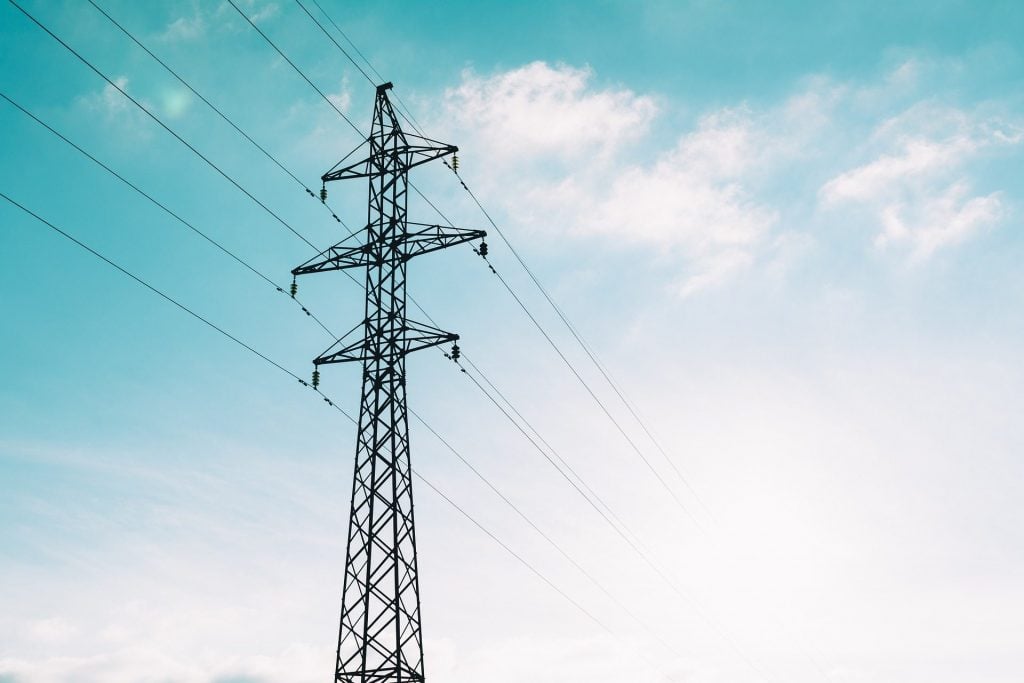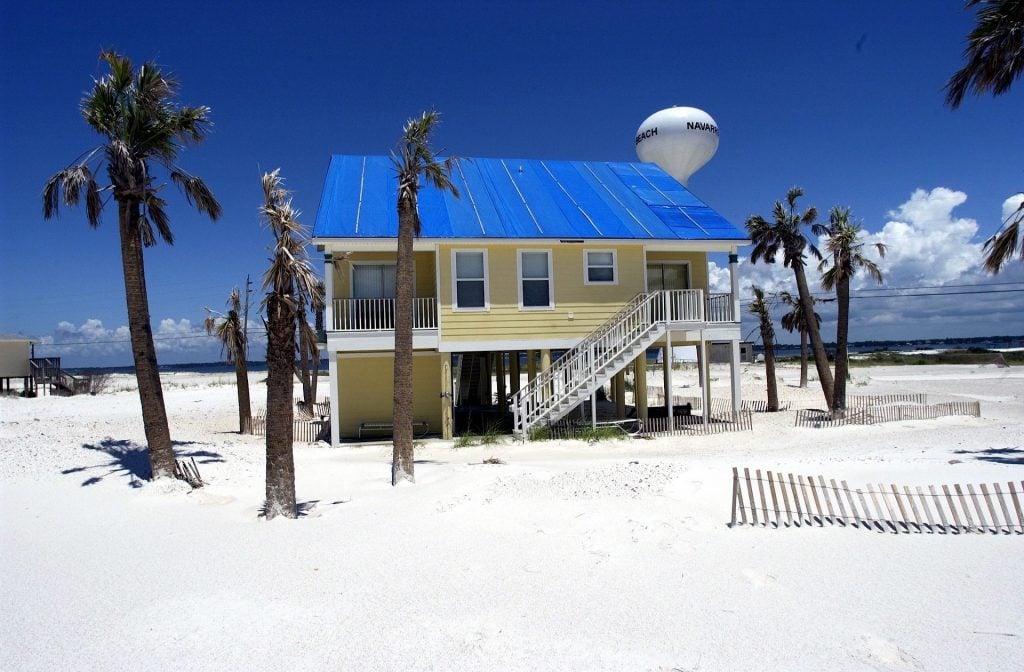BLOGS
Easement For Luxury Homes
Imagine you are a property owner of a luxury real estate, and your title abstract indicates that your home is encumbered with an easement. This means your home gives another party right to access your property without your permission.
An easement is a common encumbrance you will see in most land titles. That’s why before you buy a new home, you need to know what they are and how they affect your property rights.
What is an Easement?
Easement agreements are real estate concepts granting the holder permission to use another person’s property land for a fee. Public utility companies often purchase it to erect telephone poles or run pipes above or below the property. But even if the property owner is paid for the easement, it will still negatively affect the property value because. For instance, the power lines can be an eyesore for some and it can possibly lower the visual appeal of the land.
How Does It Work?
A typical easement agreement is outlined in a form of payment by the petitioner to the owner of the right to utilize the subject of the it. Since easements vary from the agreement between the parties involved, the easement agreement must explicitly state the purpose of the property and the termination of the easement to be given to the property owner.
But if you are the holder, you have the right to access the property of another person’s property. A common example of this instance is you need to cross someone else’s property to access your home.
There are easements in house and lot properties for sale, so it’s crucial for potential property owners to determine if there is any on the property they are eyeing.

What are The Different Types Of Easements?
There are several types of easements, each with its own specific purposes. Here are some of the common easements made by private parties and when they are used.
Utility
Utility easements are created by state law that gives utility companies the right to access infrastructure on private land. Utility easements are also known as affirmative easements because the local utility company can only access your private property for a specific use. This type is mainly created for and by a utility company to maintain power lines for telephones and electricity.
Some property owners think that having a utility easement on their home is problematic, but it is actually beneficial for them. If you want your home to have cable, electricity, running water, or sewer systems, you need to have a utility company to manage these services.
Private
A private easement is a property right created, sold, or given by a property owner to another. An example of private easements is when your neighbor wants to access your luxury real estate to install solar panels, you have the right to refuse or sell your easement.
Private easements can be a problem for future owners. Once you’ve given your neighbor a private easement, it would affect the property rights of the owner in the future. That’s why it is crucial to check if there are private easements on the title before buying a house and lot for sale.
Public
A public easement grants residents the right to use a specific property in the area. An example would be right-of-way access to a public road. Property owners cannot obstruct the areas subject to public easements.
Another example of this is when you own property with access to a public beach, and the only way to access this is by crossing through your property. In this situation, a public easement is created so others have the legal right to cross over your property and go to the beach.
Affirmative
Affirmative easements provide additional permissions to the easement holder to the land, such as granting permission to fish or cross over your neighbor’s property.
Easement by Necessity
Easement by necessity arises only in situations when another individual must access another person’s land. This type is also called an access easement, and it is created for the government’s interest in making the land productive.
For instance, your neighbor is landlocked and they can only access the road by crossing your property. In this case, by necessity needs to be created between you and your neighbor, and your neighbor would have the right of way.
This agreement cannot be stopped because it will burden your neighbor, thereby negatively affecting your neighbor’s access to a public road.

Easement Appurtenant
An easement appurtenant is an easement that conveys with the property. It involves two properties – the dominant and servient estates. The dominant estate would gain access to another property or the servient estate. This must be recorded on the servient estate’s property deed, as well as on the property deeds of the dominant tenement or estate.
Prescriptive
An easement by prescription is a property right granted to someone who does not own the property. It is created because the non-hostile owner had been using the property in an open, hostile, and notorious manner for a period of time depending on the local laws of the private property. It is also known as an implied easement because it is gained under adverse possession.
Prescriptive easements may be similar to adverse possession. Both concepts are legal doctrines that give the non-owner access to another’s land through open, continuous, and notorious use. However, there lies a difference between these two.
Adverse possession is considered a negative easement, involving trespassing for a period of time. Under real property law, the period is between 10 to 20 years. On the other hand, prescriptive easements have a limited right and usually, it is by necessity.
To determine whether it is a prescriptive easement or an adverse possession, you need to look into the: (1) intent; and (2) actions of the non-owner. If the real property is used for non-possessory and specific purposes, then it is by prescription. But if the property is used to claim full ownership rights, then it is adverse possession.

How Do I Know if my Property has One?
If you plan to turn your property into a luxury home, you need to do in-depth research if your property has an easement. A title search is the best way to know if there is an existing easement affecting your home.
However, note that not all easements are recorded. Some instances include when the easement agreement is still being created or when it is not properly recorded. There are also properties that have implied easements, where easements are not written in a legal document.
Not all easements are problematic. But as a future homeowner, it is crucial to know the types of easements on the property ahead of time because most of them, since most of them do not have an expiration date. But it’s always best to consult a real estate lawyer in considering what real property to buy.
Worry Less with Brittany Corporation
Now that you have an idea about easements and their types, it’s time to find the best home for your luxury living experience. Let Brittany Corporation help you choose your next best luxury home. We have a variety of luxury house and lot in Metro Manila and its neighboring places, such as Forresta, Portofino Heights, and Crosswinds.
You may check our website, LinkedIn, and Youtube to know the latest news about Brittany and what Brittany living and lifestyle are like.
Suggested Read: Why Crosswinds Tagaytay Is The Safest Place To Live in 2022
Suggested Read: 8 Ways To Make Friends In A New Condo Community
Suggested Read: Why Is It Essential To Engage With Your Neighbor
Suggested Read: The Community At Georgia Club Santa Rosa
Suggested Read: Ready For Move-In Houses in Alabang















